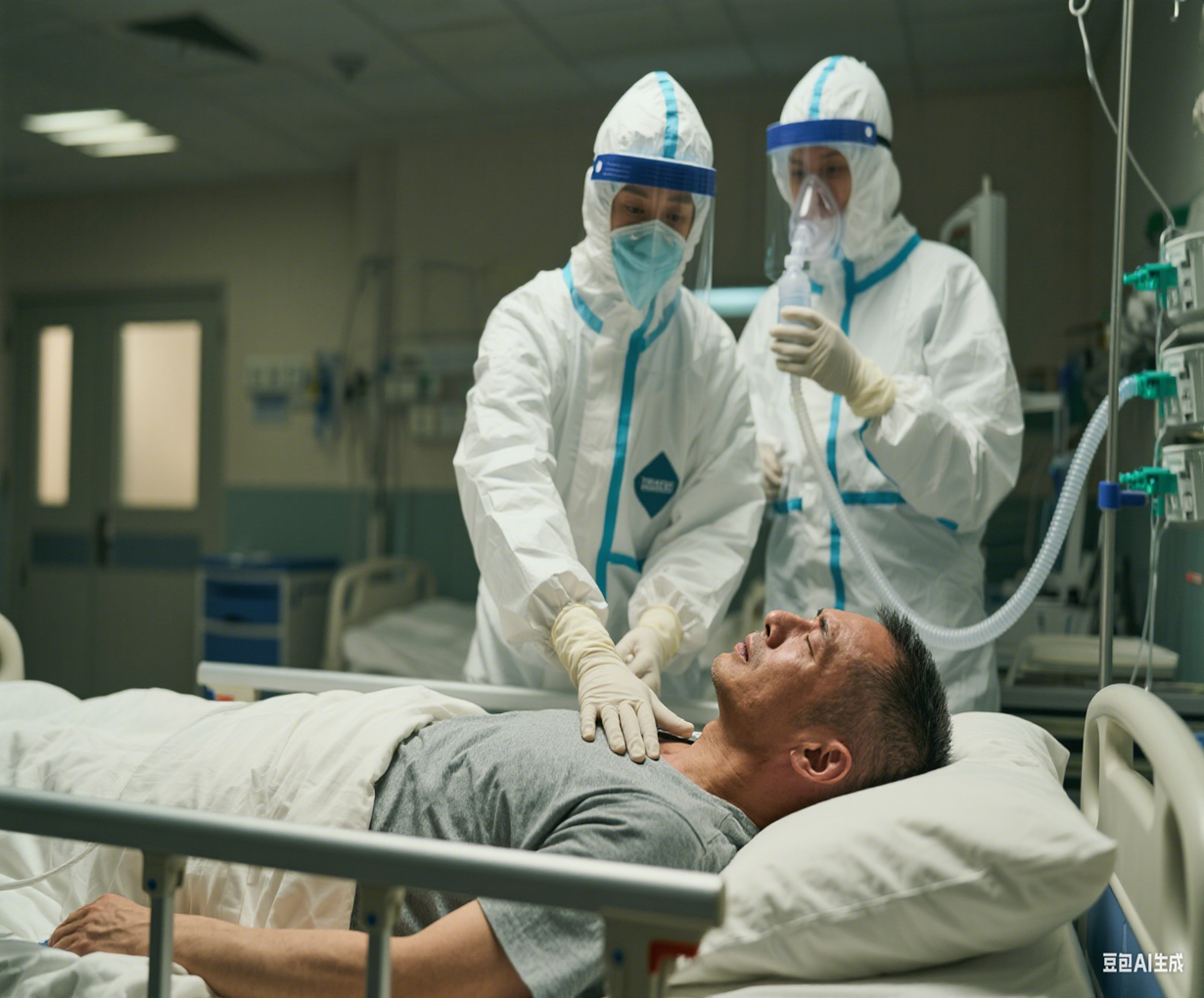
Hermetic Waterproof Zippers: The Critical Seal for Medical PPE & Protective Garments
In the high-stakes world of healthcare, biosafety, and hazardous material handling, the integrity of protective clothing isn’t just important – it’s life-saving. Every seam, every stitch, and crucially, every closure point represents a potential vulnerability. This is where hermetic waterproof zippers transcend being a mere fastener; they become the critical engineered seal ensuring absolute protection for wearers and patients alike. For manufacturers and specifiers of medical Personal Protective Equipment (PPE), understanding the unique role of these specialized zippers is paramount.
The Uncompromising Demand in Medical & Protective Applications
Medical professionals facing infectious diseases, researchers handling dangerous pathogens, or responders entering contaminated environments rely on their protective suits (like isolation gowns, coveralls, and hazmat suits) to be impervious barriers. The challenge? Traditional zippers, even some marketed as “waterproof,” often fall short:
- Pathogen Transmission: Viruses and bacteria are microscopic. A zipper that allows even minute air or aerosol penetration compromises the entire suit’s integrity, putting the wearer at risk of infection (e.g., COVID-19, Ebola, TB) or allowing contaminants to escape (in biocontainment labs).
- Chemical & Liquid Hazard: Splashes of blood, bodily fluids, aggressive cleaning chemicals, or hazardous liquids demand a zipper that provides a complete liquid barrier under pressure, preventing absorption or seepage.
- Aerosol & Particulate Protection: Airborne particles, dust, and toxic aerosols require an airtight seal to prevent inhalation or environmental contamination.
Why “Hermetic Waterproof” is Non-Negotiable
A true hermetic waterproof zipper is engineered to meet these extreme demands:
- Absolute Barrier: It provides a continuous, molecular-level seal along the entire length of the zipper teeth and tape. This prevents the passage of:
- Air & Gases (Critical for aerosol protection)
- Liquids (Including blood, chemicals, under hydrostatic pressure)
- Microorganisms (Viruses, bacteria)
- Fine Particulates
- Durable Sealing Technology: Unlike simple coated zippers, hermetic zippers often utilize advanced methods like:
- Integrated Sealing Tapes: Thermally welded or bonded tapes create a secondary, overlapping barrier behind the teeth.
- Precision Molding: Teeth and components are molded to exact tolerances ensuring perfect interlock.
- Robust Backing: Reinforced tape backing prevents flexing and seam failure.
- Rigorous Testing & Certification: True hermetic waterproof zippers undergo stringent testing per international standards relevant to medical and protective equipment:
- Liquid Penetration (ISO 16603/16604): Measures resistance to synthetic blood and blood-borne pathogens under pressure.
- Viral Penetration (ASTM F1671 / ISO 16604): Specifically tests resistance to viral penetration using a surrogate like Phi-X174 bacteriophage.
- Air Permeability (ISO 9237) / Aerosol Filtration: Ensures no air or aerosol passage.
- Chemical Permeation (EN 14325, ASTM F739): For suits handling chemicals.
- Biocompatibility (ISO 10993): Essential for materials contacting skin or medical environments.
- Durability: Testing for repeated flexing, abrasion, and washing cycles common in reusable PPE protocols.
Key Applications Where Hermetic Waterproof Zippers Are Essential
- Medical Protective Suits & Isolation Gowns: Frontline defense against infectious diseases in hospitals, clinics, and during outbreaks. The zipper seal is vital for full-body protection.
- Biosafety Level (BSL) 3 & 4 Laboratory Suits: Working with deadly pathogens requires absolute containment. Hermetic zippers are mandatory for personnel safety and preventing environmental release.
- Hazmat (Chemical, Biological, Radiological, Nuclear – CBRN) Suits: Protecting first responders and military personnel from diverse threats demands the highest level of closure integrity against gases, liquids, and particulates.
- Cleanroom Garments: In pharmaceutical manufacturing and microelectronics, preventing particulate contamination often requires hermetic sealing at closure points.
- High-End Emergency Response & Decontamination Suits: Ensuring responders remain protected during critical missions.
Beyond the Seal: Features for Medical & PPE Reliability
- Glove-Compatible Pullers: Large, easy-to-grasp pulls designed to be operated easily with gloved hands, even under stress.
- Durable Construction: Resistant to repeated sterilization cycles (autoclaving, chemical disinfection) common in reusable PPE.
- Smooth Operation: Reliable opening and closing is crucial for donning/doffing procedures and preventing user fatigue or error.
- Compatibility: Designed to be seamlessly integrated with various high-barrier fabrics (laminated films, nonwovens, coated textiles) used in protective garments.
Choosing the Right Hermetic Waterproof Zipper Partner
When lives depend on the seal, selecting a zipper supplier is critical. Look for:
- Proven Expertise: Dedicated experience in the medical and protective clothing sector.
- Transparent Certification: Clear documentation of compliance with relevant medical and protective standards (ISO, ASTM, EN, FDA where applicable).
- Rigorous Quality Control: Manufacturing processes ensuring consistent, defect-free hermetic performance.
- Technical Support: Collaboration on design integration and performance validation.
Conclusion: The Seal That Safeguards
In the realm of medical protection and hazardous environment safety, there is no room for compromise. The zipper is not just a closure; it’s the guardian of the protective envelope. Hermetic waterproof zippers represent the pinnacle of sealing technology, providing the absolute barrier necessary to block pathogens, chemicals, liquids, and aerosols. For PPE manufacturers, specifying a genuinely hermetic waterproof zipper is an investment in ultimate reliability, wearer trust, and, most importantly, human safety. It’s the critical seam where engineering excellence meets life-saving performance.
